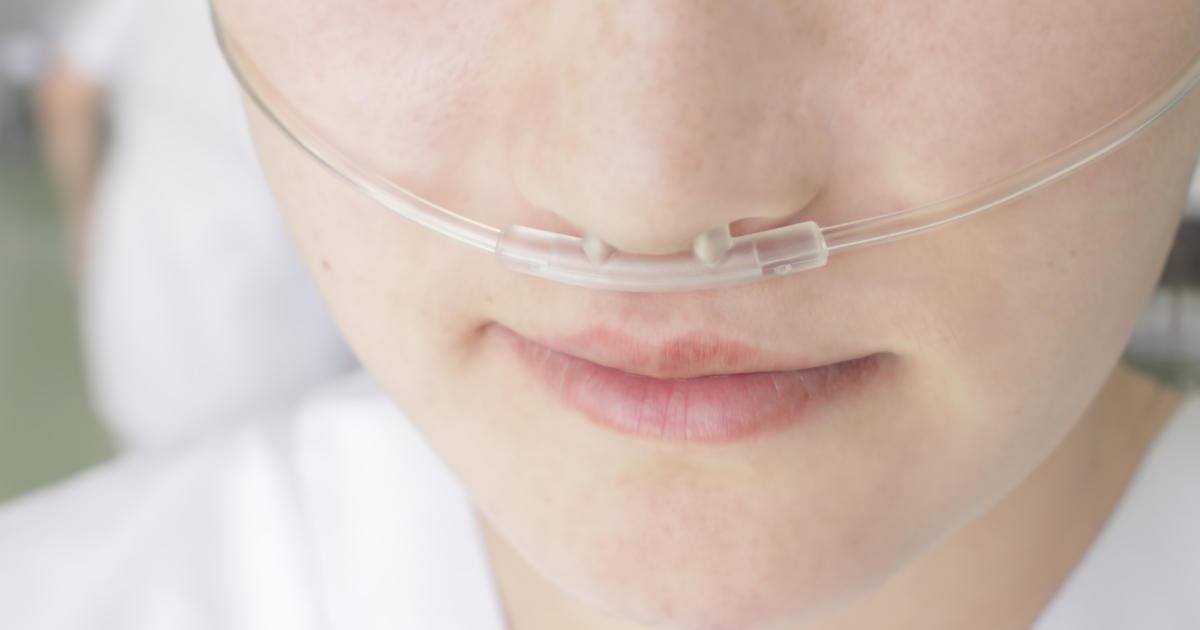Guide To Treating Superior Vena Cava Syndrome
A lung cancer patient wakes up uncomfortably, their chest feeling a bit tight. Looking in the mirror, they see their face is puffy and swollen. They get up and begin to go about their day. Later, they notice the swelling has gone down. Perhaps it was an odd reaction to a new medication. But the next morning the swelling and tightness return. They go to their doctor and, after some testing, is diagnosed with superior vena cava syndrome.
This syndrome describes a collection of symptoms that occur when blood flow through the superior vena cava is blocked by exterior pressure or interior blockage. Additional symptoms include shortness of breath, coughing, and swelling in the arms and hands.
Elevating The Head

In the circulatory system, the superior vena cava channels blood from the head and upper body to the right atrium. Restricted flow in this important blood vessel leads to edema in the head and extremities. Initial treatment for this condition can be as simple as elevating the head. By sitting upright or standing the force of gravity can aid in the draining process.
This is the reason patients with superior vena cava syndrome can be slow to recognize the issue. Especially if the constriction of the blood vessel is in an early stage, if they have been upright most of the day, any swelling may disappear by the evening, leading them to believe it was a temporary issue like an allergic reaction.
Supplemental Oxygen

While not treating the underlying cause, supplemental oxygen is often administered to provide relief for some of the respiratory symptoms of superior vena cava syndrome. These include shortness of breath, lightheadedness, chest pain, and coughing. Upon testing, the patient may present with a low blood oxygen level due to their circulatory constriction.
Normally, these symptoms do not pose an immediate threat, but they do add discomfort and stress to the patient. In the long term, low blood oxygen levels can affect the health and functioning of the entire body. Supplemental oxygen delivered via nasal cannula can help regulate blood oxygen levels and bring them back to normal. Patients whose blood flow is not severely constricted frequently respond very well to elevation and oxygen therapy.
